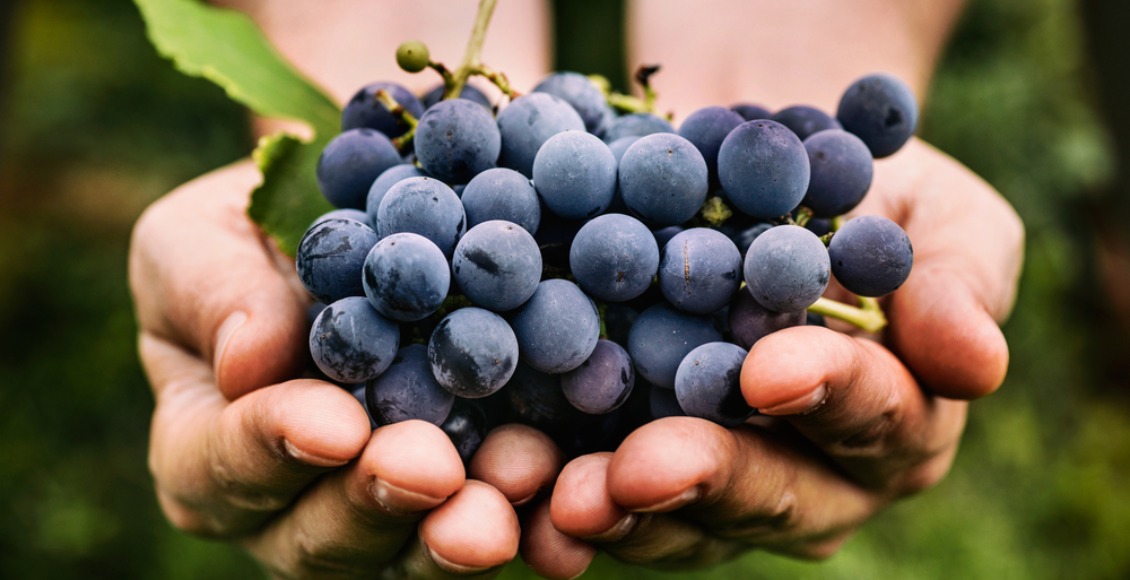
Grape marc, the new superfood
Scientists found that the remains of winemaking reduce the risks of cardiovascular disease and diabetes.
The pomace (composed of pulp, broom and seeds) left over from the red grapes -the result of the initial wine-making process- is now considered a by-product destined for garbage or animal food. But maybe not for long. In a new study led by Cornell University (OF. UU.), the researchers showed that this «garbage» wine could be a nutritional treasure. The scientists showed that two stilbenes, beneficial molecular compounds found in plants, can affect the microbiome (bacteria, protozoa and beneficial fungi) of the stomach in a healthy way. Although this still needs more research, the finding could play a role in reducing the risks of cardiovascular disease and diabetes, according to his work published in the journal Nutrients.
Key compounds for the health of grapes
«This by-product of winemaking has significant potential,» says Elad Tako, associate professor of Food Science at the university’s Faculty of Agriculture and Life Sciences. Therefore, «if we can use marc to extract key compounds or use them as a dietary ingredient to incorporate them into food, then grape marc can be a very sustainable source of nutritional compounds with proven health benefits». In addition, in the study, the Tako research group examined red or black grape varieties typically found in the Finger Lakes region of New York.
The team used Vitis vinifera (wine grapes), Vitis labruscana (Concord grapes) and an interspecific hybrid to associate the findings with the practical health benefits of consuming grapes and grape products, according to Tako. «I have been working with polyphenols (nutritional compounds of vegetable origin), and I was intrigued by earlier research suggesting that bioactive compounds, such as red wine resveratrol, have cardiovascular benefits and other health benefits», says Tako. To advance the issue, the researchers decided to use chickens as an in vivo model. In the experiment, stilbene extract was injected into the amniotic fluid of the eggs on day 17 of embryonic development.
The embryo consumed the amniotic fluid and nutritional solution added on day 19 of incubation, a method developed by Tako called «intraamniotic administration». In this way, the group learned how resveratrol and pteroestilbeno affect the gastrointestinal tract, as well as other physiological systems and tissues, says Tako. The results confirmed the positive nutritional effects on the microbiome.
SOURCE: BIENNATURAL.COM.AR
